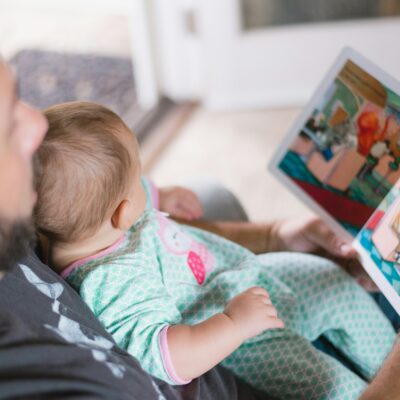Comprender la importancia de la seguridad emocional: Cómo crear espacios seguros para los niños
As we observe National Bullying Prevention Month, it’s a timely reminder of the critical role emotional safety plays in children’s healing and development. Emotional safety is the foundation that allows children to thrive, especially those who have experienced trauma, bullying, or neglect. But what exactly does emotional safety mean, and how can caregivers, educators, and communities foster it?
What is Emotional Safety?
Emotional safety means creating an environment where a child feels secure, understood, and accepted. In emotionally safe spaces, children are free from fear of judgment, ridicule, or harm. When children feel emotionally safe, they are more likely to express themselves, engage with others, and build trusting relationships—all of which are essential for their long-term well-being.
Why is it Important for Healing?
For children who have faced trauma or adversity, emotional safety is a vital part of recovery. It can help reduce anxiety, build self-esteem, and promote resilience. When a child feels emotionally secure, they are better able to process difficult emotions and experiences, which is critical for healing and growth.
How Can We Foster Emotional Safety?
Creating emotionally safe spaces doesn’t happen overnight, but there are practical steps caregivers, educators, and communities can take to build trust and security:
- Listen Without Judgment: Whether at home or in the classroom, make sure children feel heard and validated. Encourage open communication, and reassure them that their feelings matter.
- Build Predictability: For children, especially those who have experienced trauma, routines and structure create a sense of security. Consistent daily schedules can provide comfort and a sense of normalcy.
- Encourage Positive Peer Interaction: In school or social settings, promote kindness and inclusion. Children need to know that bullying or exclusion won’t be tolerated. Teach empathy and respect through modeling and reinforcement.
- Create Safe Spaces for Self-Expression: Whether through art, play, or conversation, give children opportunities to express their feelings without fear of judgment. This helps them process emotions in healthy ways.
The Role of Community in Emotional Safety
It takes a village to create a culture of emotional safety. Communities can make a difference by fostering environments that support children holistically—through safe schools, supportive programs, and a commitment to protecting every child’s well-being. This October, let’s all reflect on how we can work together to prevent bullying and help children heal by creating spaces where they feel truly safe.





